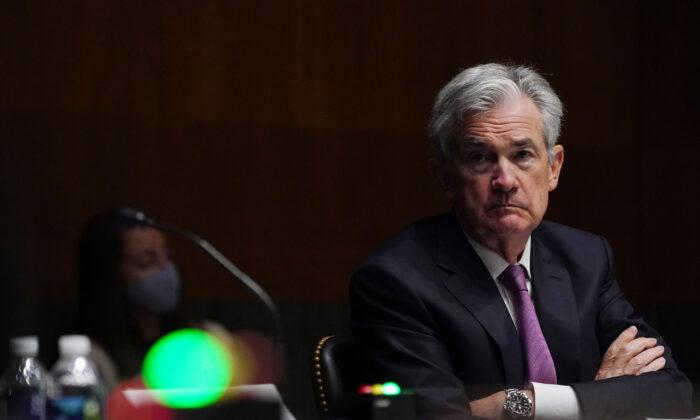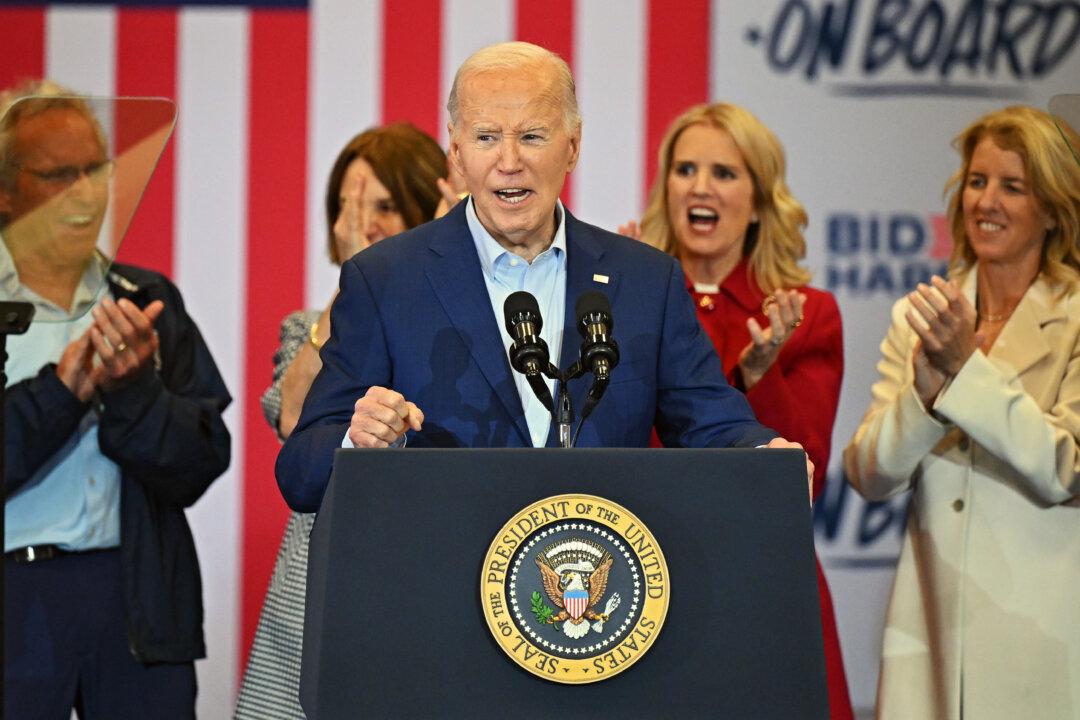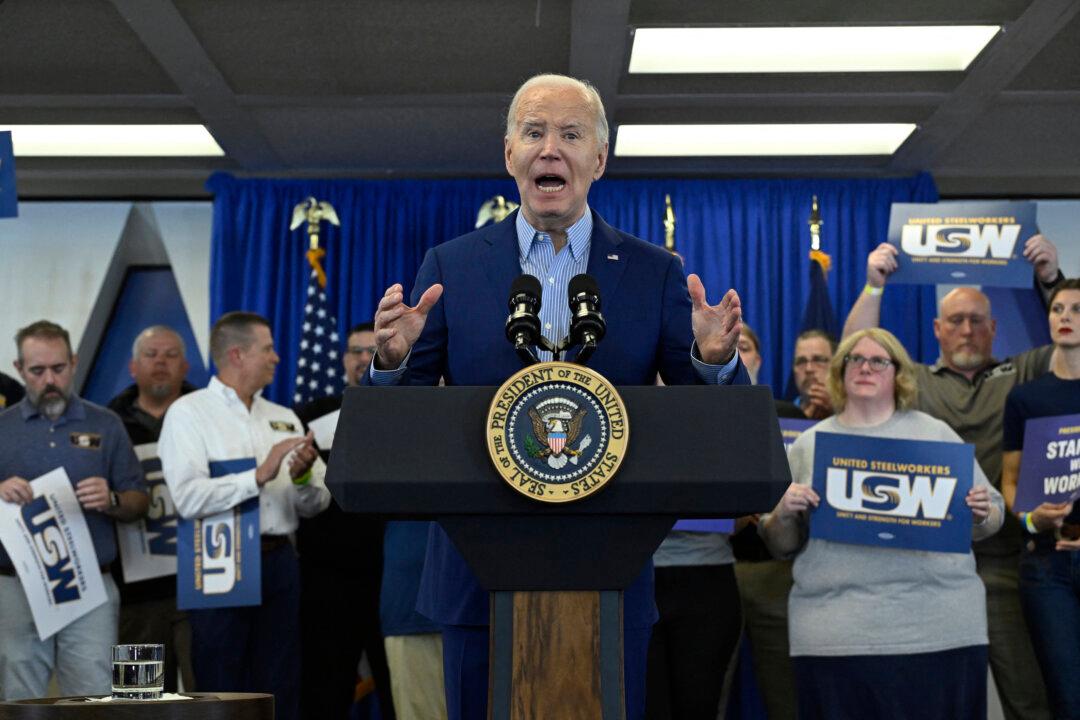WASHINGTON—The Federal Reserve announced on Nov. 5 that it would keep U.S. interest rates near zero as the ongoing public health crisis continues to pose “considerable risks” to the economy.
After the conclusion of the central bank’s two-day policy meeting, Fed officials said they would hold the federal funds rate at a range of zero to 0.25 percent, in line with expectations.
“Economic activity and employment have continued to recover but remain well below their levels at the beginning of the year,” The Federal Open Market Committee (FOMC) statement reads.
“The path of the economy will depend significantly on the course of the virus. The ongoing public health crisis will continue to weigh on economic activity, employment, and inflation.”
Speaking at a post-meeting press conference, Fed Chairman Jerome Powell said the outlook remains “highly uncertain,” therefore the central bank is “strongly committed” to support the economy “for as long as needed.”
The downside risks to the economy include further spread of the virus and decline in household savings due to lapsing of CARES Act benefits, he said.
“Further support is likely to be needed from monetary policy and fiscal policy.”
The federal funds rate is a benchmark rate that affects the cost of borrowing on mortgages, auto loans, home equity loans, and other loans.
The Fed has also taken a wide range of actions to limit the economic harm of the COVID-19 crisis. As part of its efforts to support the markets, the central bank has been buying at least $80 billion per month in Treasuries and $40 billion in mortgage-backed securities.
Fed officials haven’t made any changes to the asset purchase program.
“Right now, we think that this very large, effective program is delivering about the right amount of accommodation and support for the markets, and so it continues,” Powell said.
With respect to a fiscal response, Powell added that the U.S. economy would have a stronger recovery “if we can just get at least some more fiscal support when it’s appropriate.”
Negotiations over pandemic relief between Treasury Secretary Steven Mnuchin and House Speaker Nancy Pelosi (D-Calif.) stalled before the election. And it’s unclear whether Congress will act any time soon, or at least before new lawmakers are sworn into Congress in January.
The election outcome, however, has implications for the size and scope of the economic stimulus package.
Analysts predict that a split Congress—with Democrats keeping the House and Republicans the Senate—will require both sides of the aisle to work together to reach a deal on stimulus, which may be smaller than markets had hoped for in a blue wave scenario.
Powell said that the election uncertainty wasn’t a central focus of the FOMC meeting and declined to comment on the potential market impact of a contested election that could end up in the courts.
The U.S. stock market extended its post-election rally on Nov. 5. Dow Jones Industrial Average rose more than 500 points, as hopes for a blue wave in Congress dwindled.






Friends Read Free